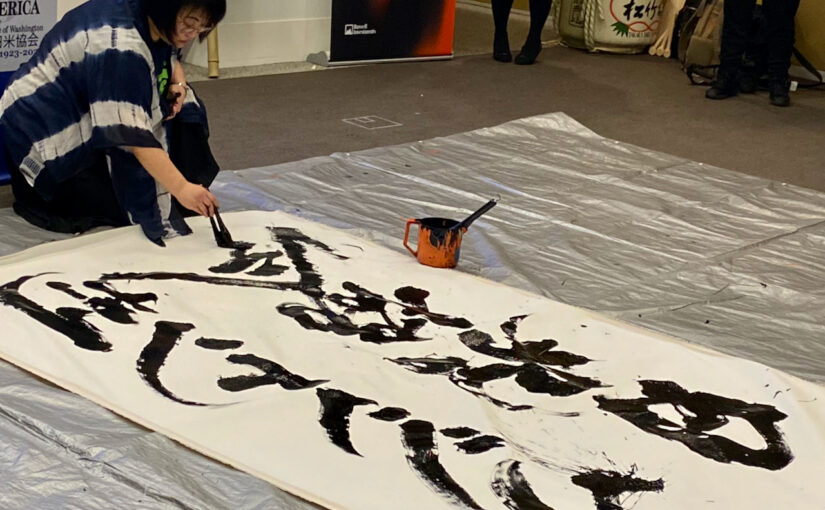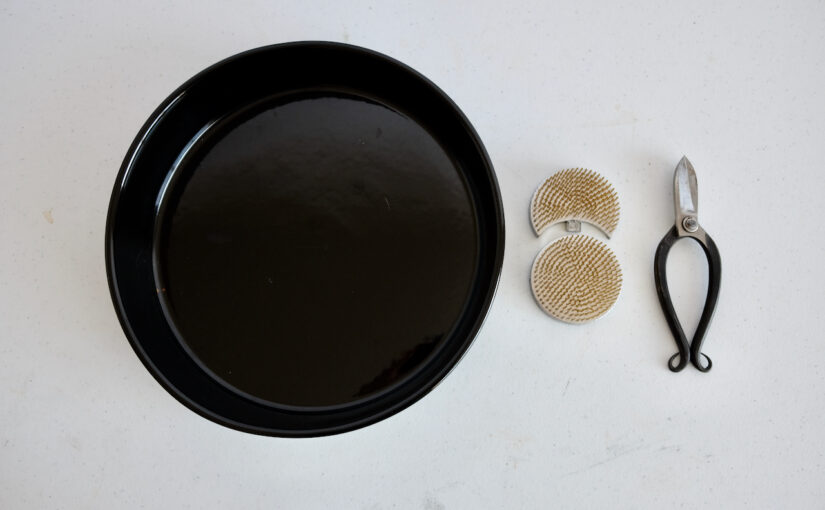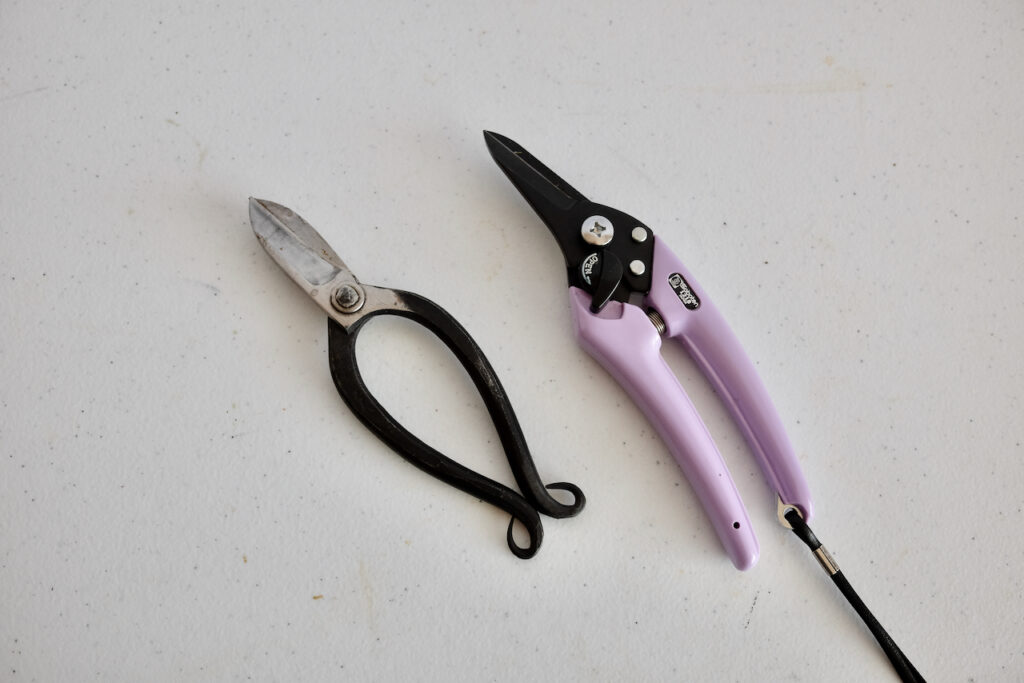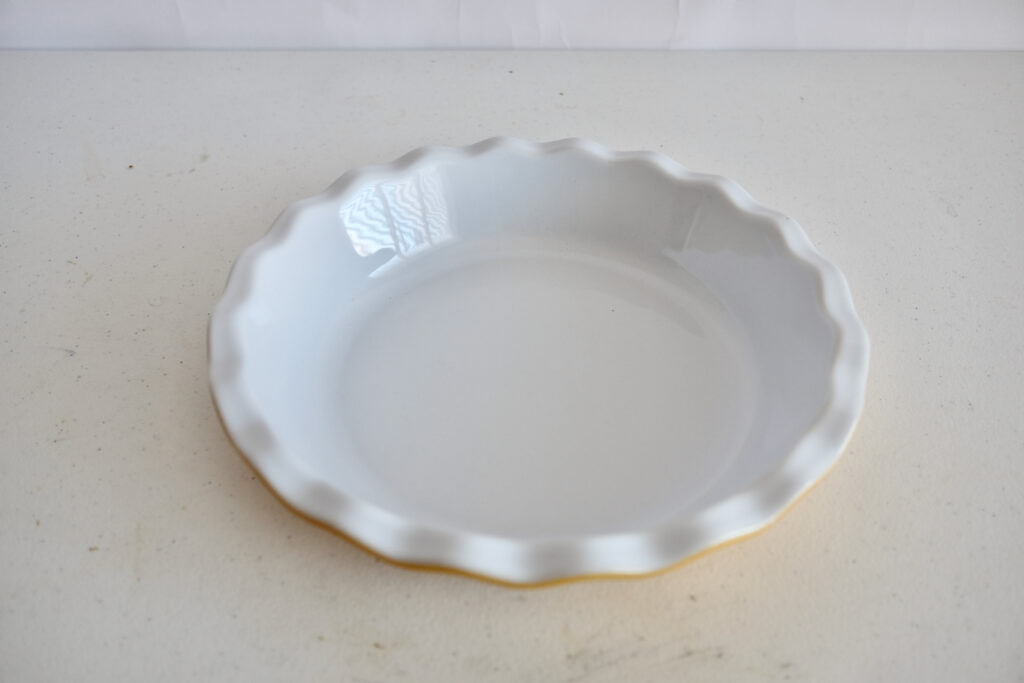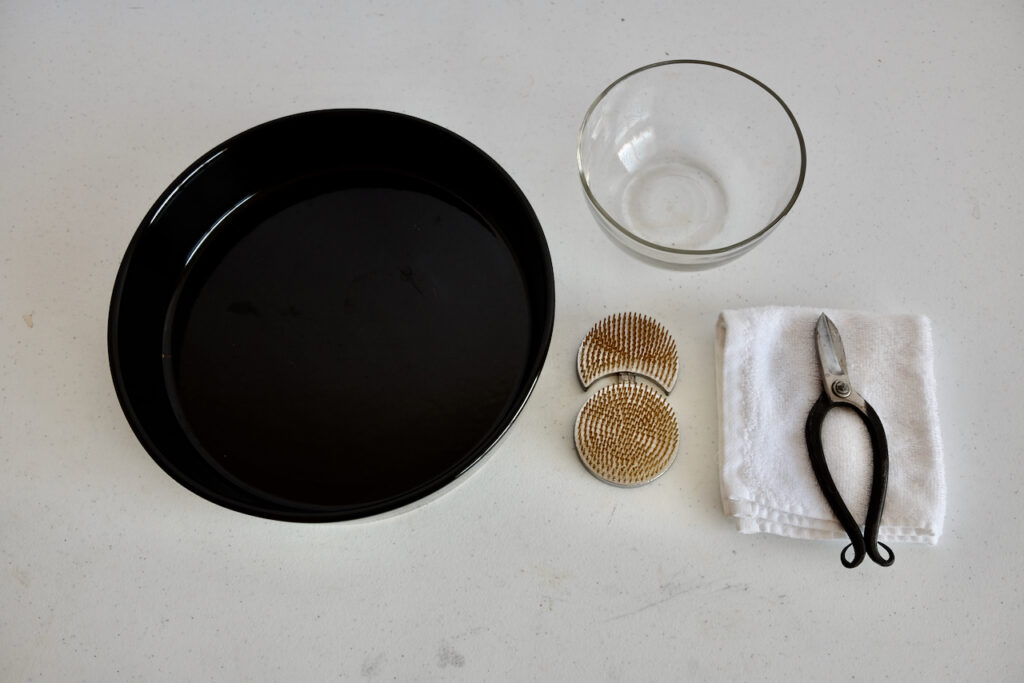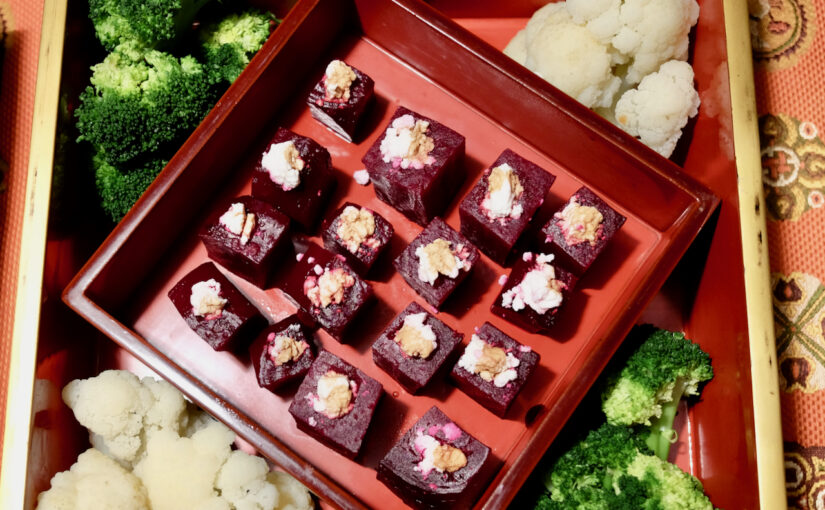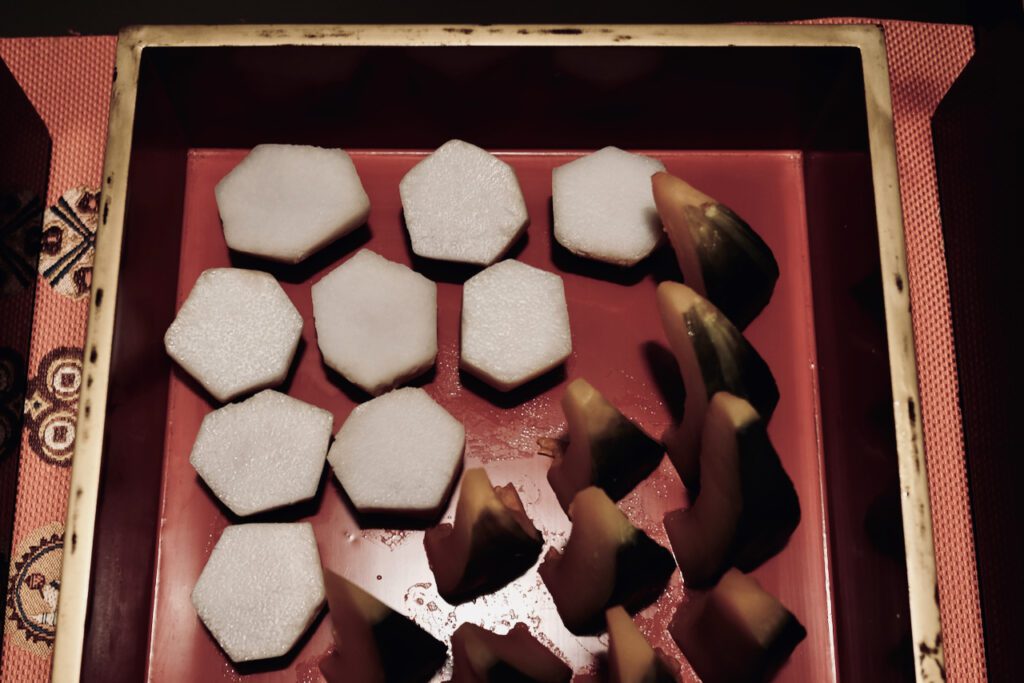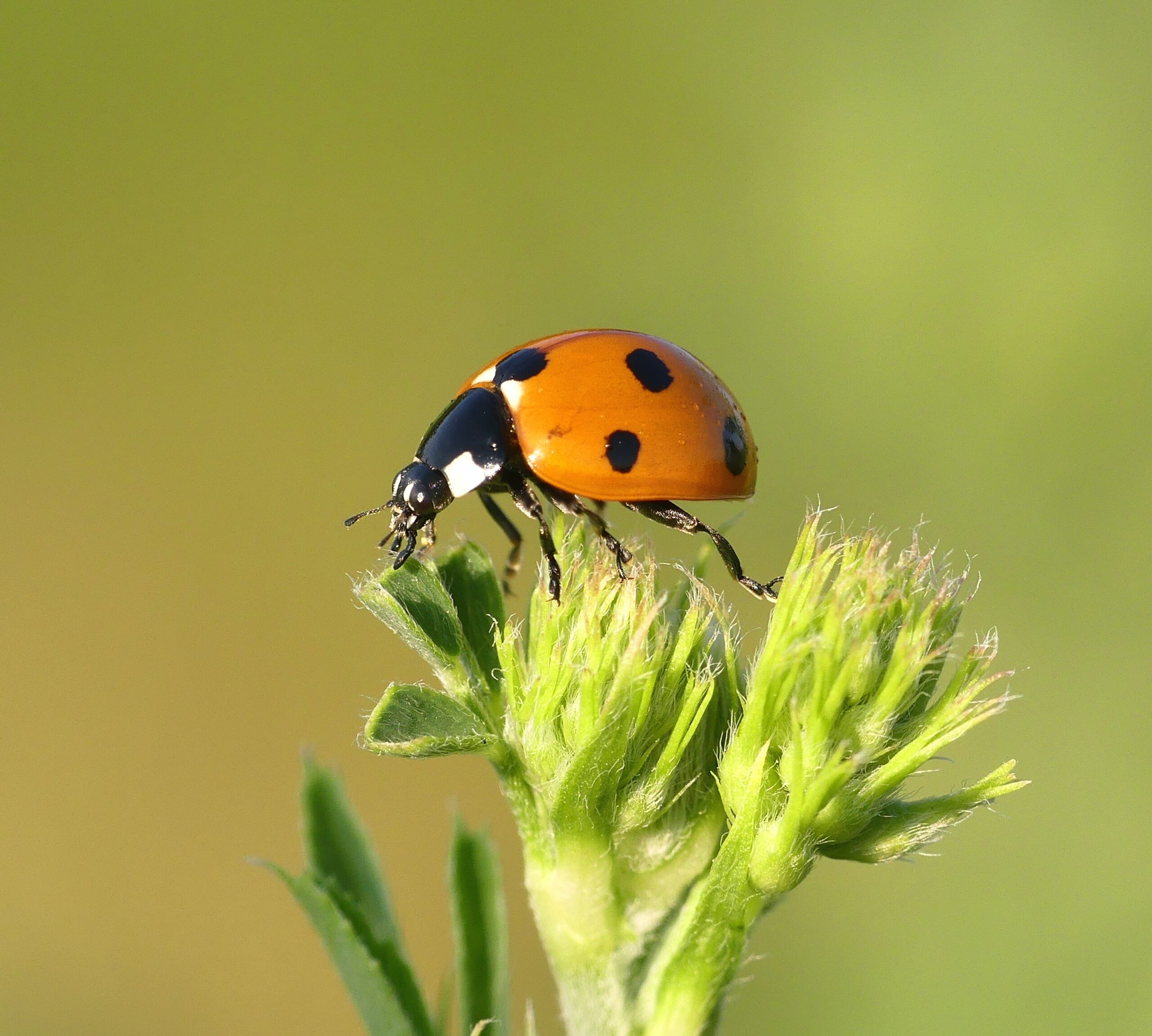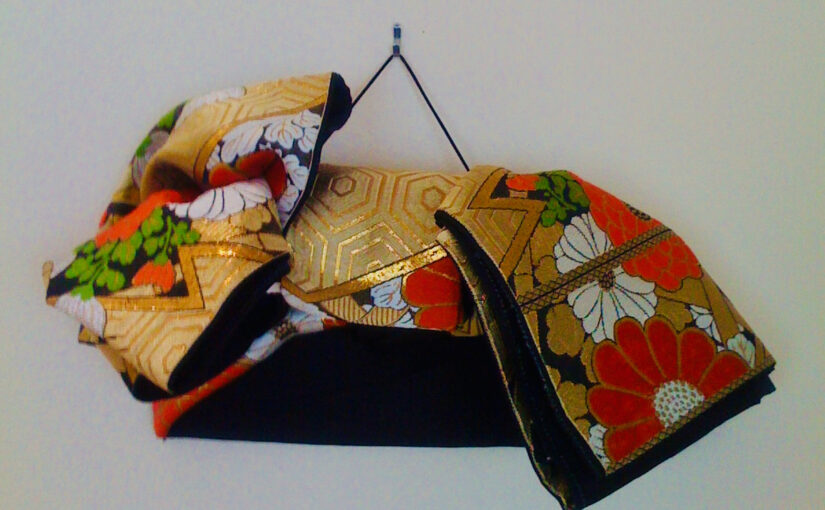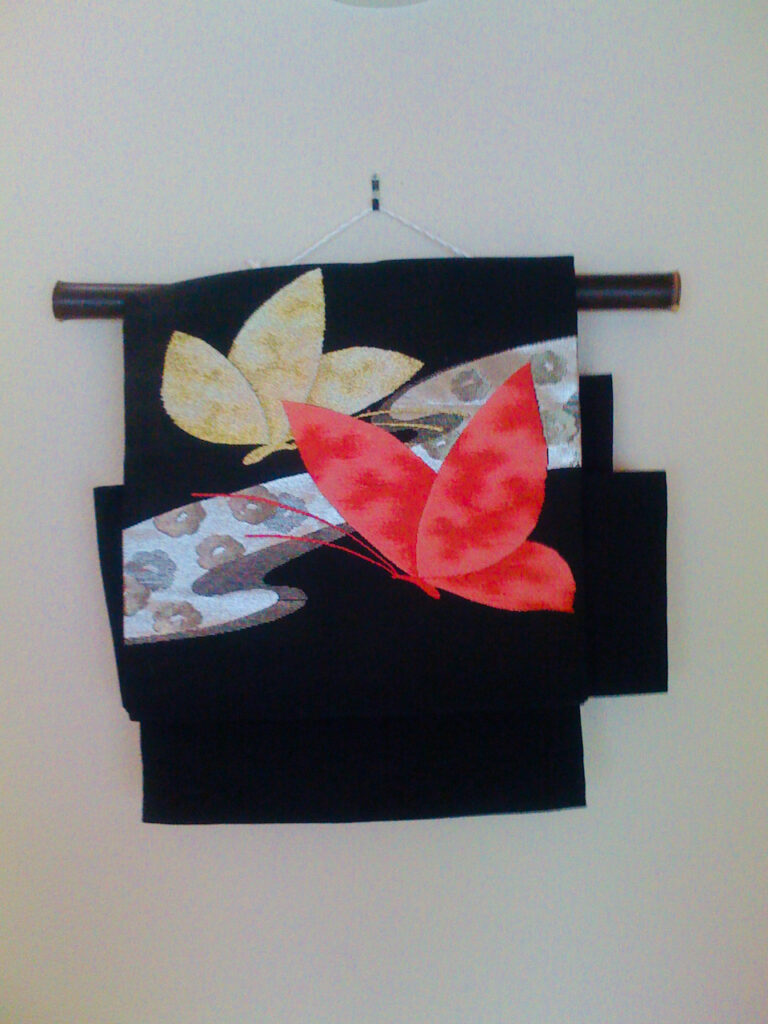In response to Dancing Elephants prompt 17 of 52
When I read this week’s writing prompt “What Does Self-love Look Like To You?”, and wondered what I should about, the first scene that came to my mind was when I quit my job for the first time 32 years ago.
I was in Japan, working for a well-known investment bank, stepping up my career ladder, so it seemed. The company had even sponsored me to study for two years to get an MBA in the US. It was time to further advance my career in the company.
But instead, I chose to make a significant career change. I decided to work for a much smaller, younger company, the Japanese subsidiary of a US-based IT company, to pursue a different goal: to eventually move to the US. There was no guarantee that the young company would realize my goal, but I took the chance.
The Japanese company tried to dissuade me from quitting. I felt guilty about quitting also. The company had been so supportive of me. How can I be so disloyal? (You know, the work ethics in Japan 30 years ago was a lot different than now. Lifetime employment was still the norm among major corporations there.)
But my ultimate conviction was that there is always a replacement for the company, but there is no replacement for myself in my own life.
If I don’t love myself first, who else can? If I don’t take care of myself first, who else can? If I don’t take responsibility for my own life, who will?
My first expression of loving myself was quitting my first job to change my career.


